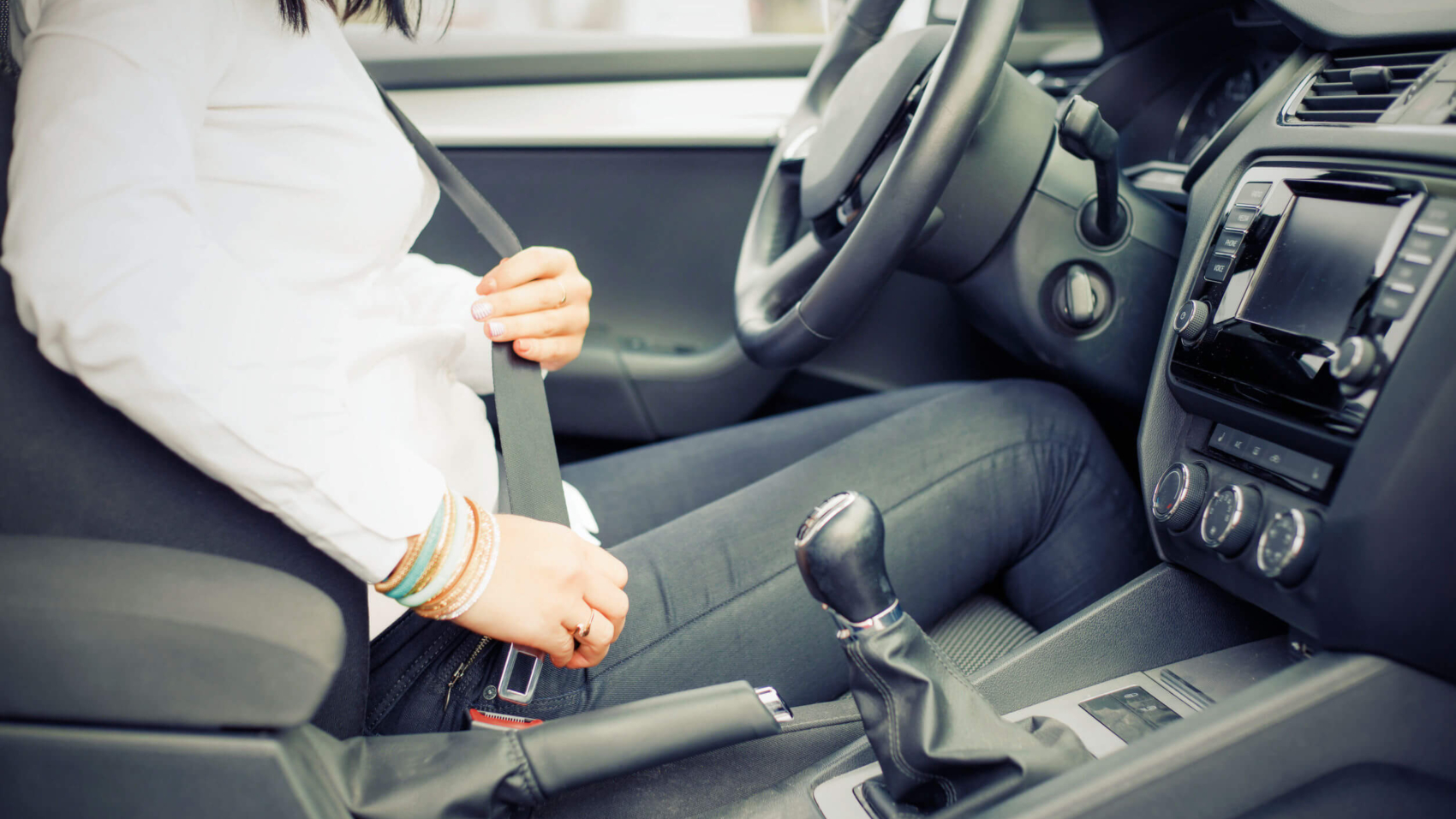Voice assist. Self-parking cars. Forward collision warnings.
There are many possible safety features you can get for cars today, but not all of them are created equal. Some are incredibly useful and drastically reduce your chances of getting into an accident (or increase your chances of survival if you are in one), while others fall more into the “luxury” category.
With that in mind, we thought we would look at some of the best, most effective safety features available in automobiles today. Some of these are more-or-less standard on most vehicles, while others need to be added on… for an additional price.
Seatbelts
Yes, we’re starting with both the obvious and (hopefully) unexpected choice. Why seatbelts? Because they work. According to the CDC, wearing a seatbelt is the best way to reduce serious injury or death when someone is in a crash.
These days, though, seatbelts are also getting some nice new bells and whistles. Adjustable upper belts change the positioning of the shoulder belt, both to make it more comfortable and potentially to help avoid serious injury for those who might otherwise have the “shoulder” belt across their neck. Pretensioners are designed to instantly remove all slack from seat belts in the event of an impact.
Automatic Emergency Braking
The basic idea is that your car will automatically apply the brakes to slow or stop the vehicle if it senses an impending crash. This can help minimize the impact – and possibly avoid it altogether.
With distracted driving at an all-time high, it’s no wonder that this feature will become standard by 2022.
Adaptive Headlights
Headlights are great… until you find yourself driving on a winding road at night or approaching sharp corners. Because until you turn your entire car in the right direction, you won’t be able to see anything.
Adaptive headlights are designed to eliminate this problem by pivoting depending on how you move the steering wheel. In other words, as you turn the steering wheel left to make a left turn, the lights will focus in that direction before the car turns, giving you extra time to react to previously unseen dangers.
Blind Spot Monitoring
Have you ever checked for cars and started to change lanes – only to have an unseen vehicle next to you lay on the horn? Probably.
Blind spot monitoring aims to change that. It scans the rear corners of your car and lights up your side mirrors when it detects a vehicle there. The catch: the blind spot warning only turns on when you use your turn signals.
360-Degree Parking Camera
If you’ve ever tried to back into a tiny space in a South Florida parking garage, you can already imagine how valuable this piece of safety technology is. You can literally see all around your vehicle as you pull in, almost like you’re playing a video game where you’re outside of the car.
Obviously, it’s not going to protect you from any fast-moving collisions, but it can stop you from smacking into something – or someone – while trying to park.
Technology Can’t Always Save You, But It Can Help
Obviously, newer and better safety features won’t stop every crash or injury that might occur. Everyone makes bad decisions while driving sometimes. And even if you make all the right choices, that doesn’t mean the other driver will.
Still, utilizing the safety features that work the best and make the most sense for you can go a long way towards reducing your risk and minimizing the suffering you endure if you ever are in an accident.





